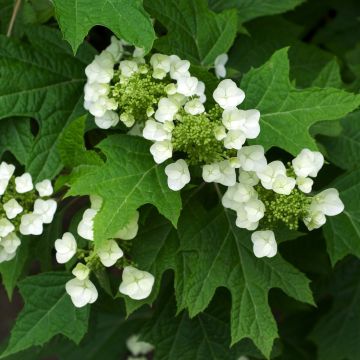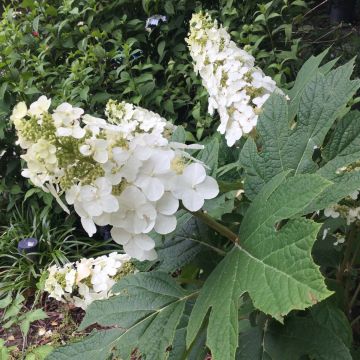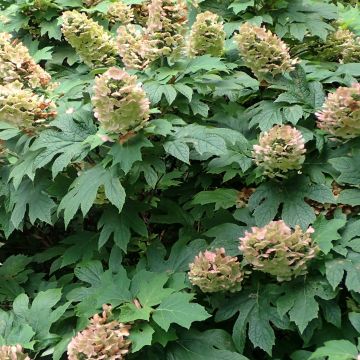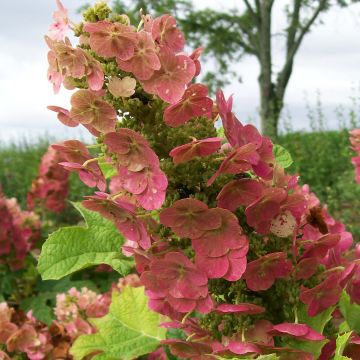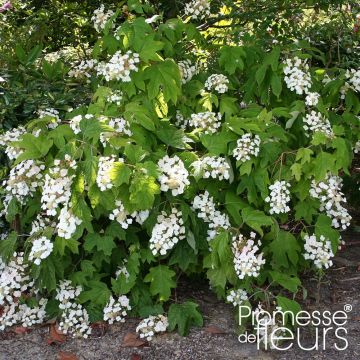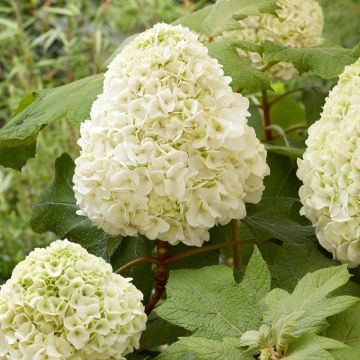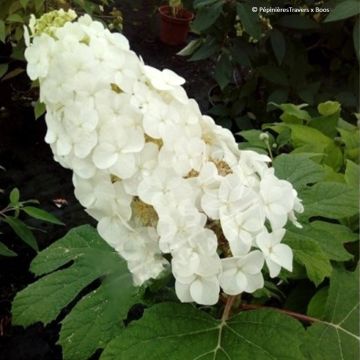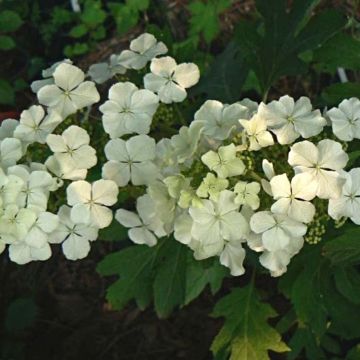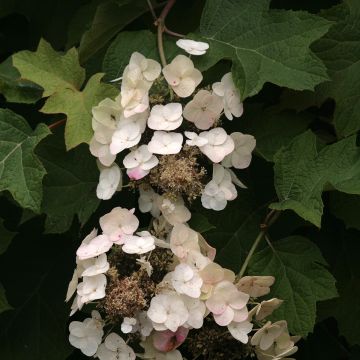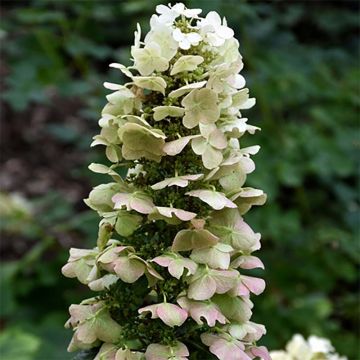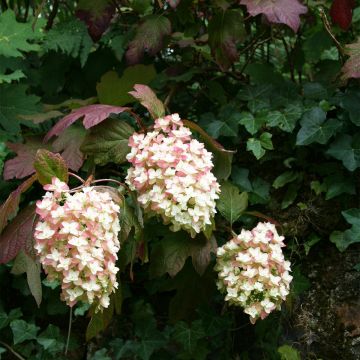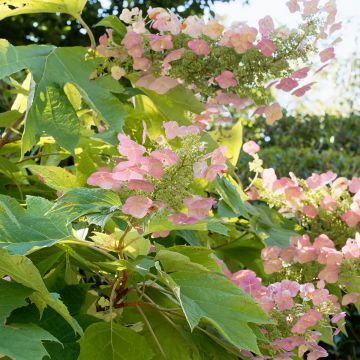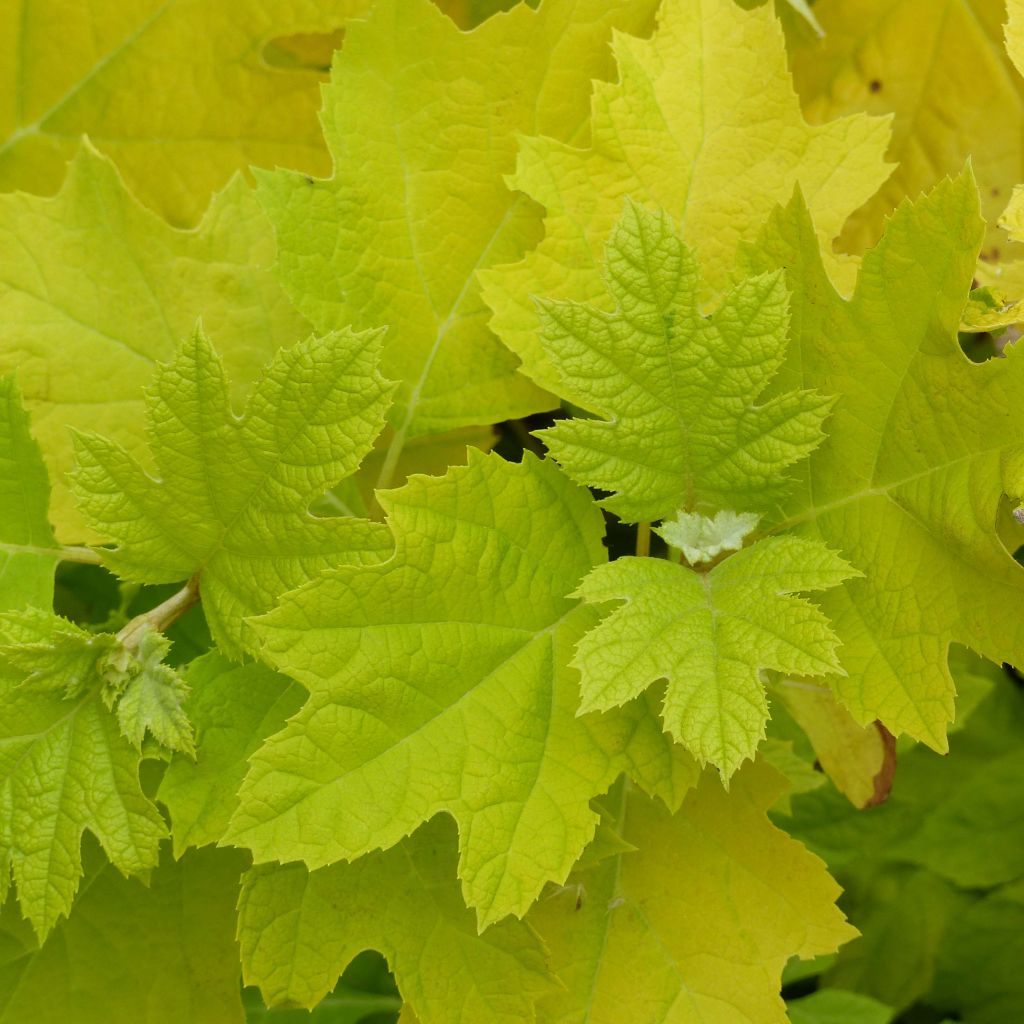

Hydrangea quercifolia Little Honey
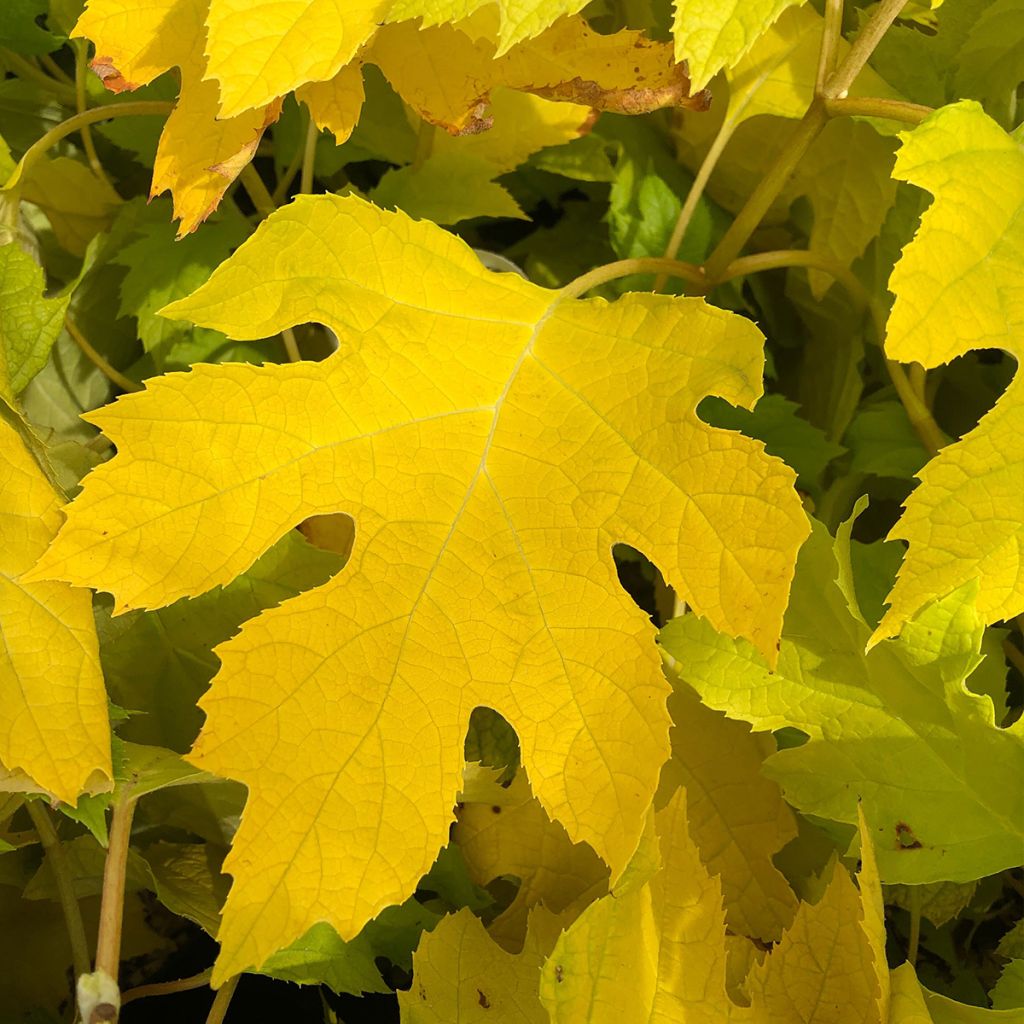

Hydrangea quercifolia Little Honey
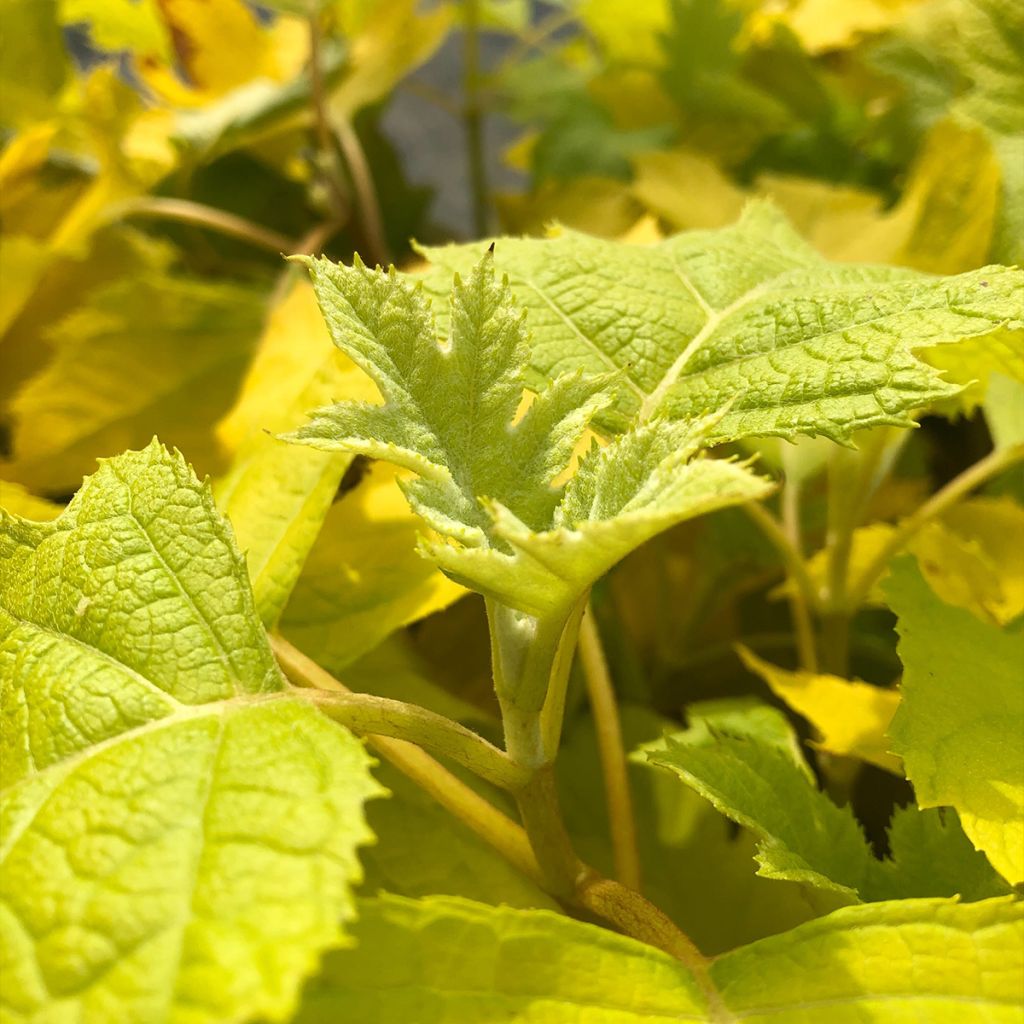

Hydrangea quercifolia Little Honey
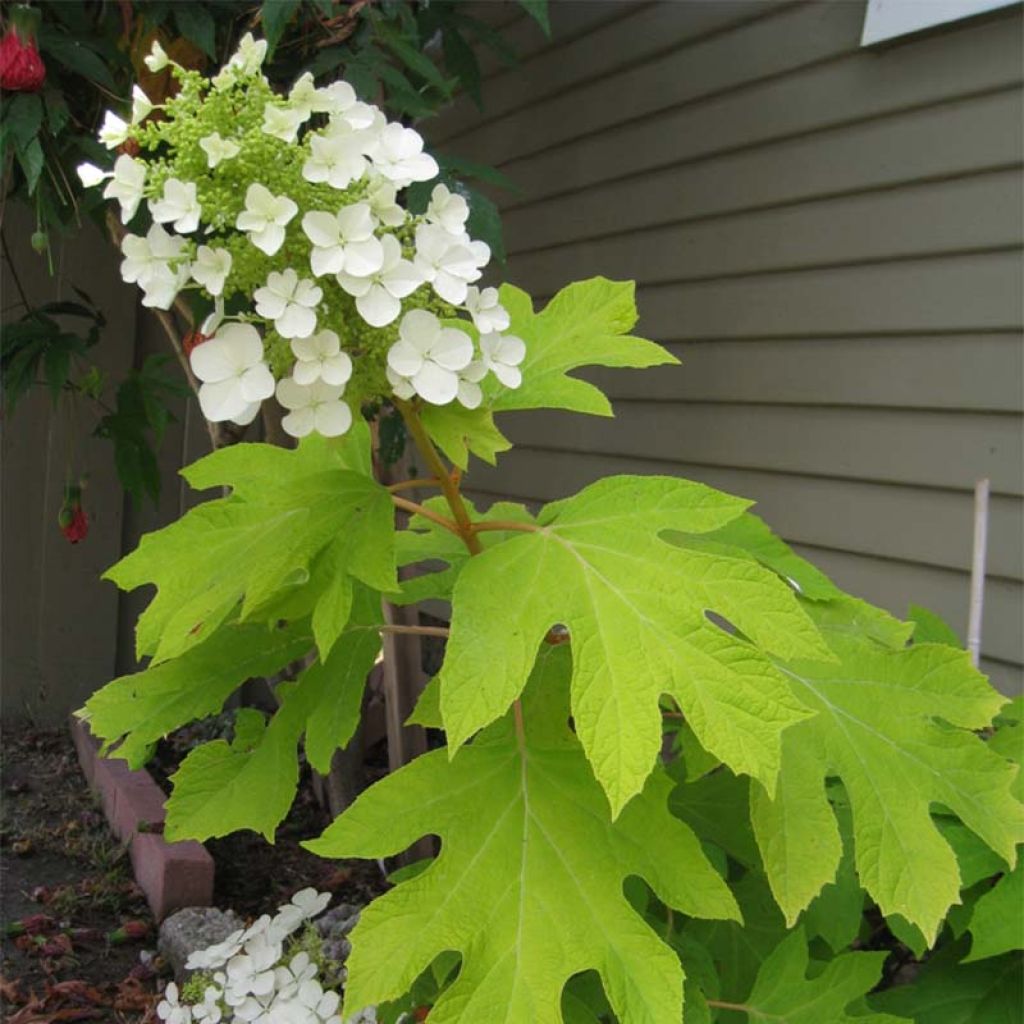

Hydrangea quercifolia Little Honey
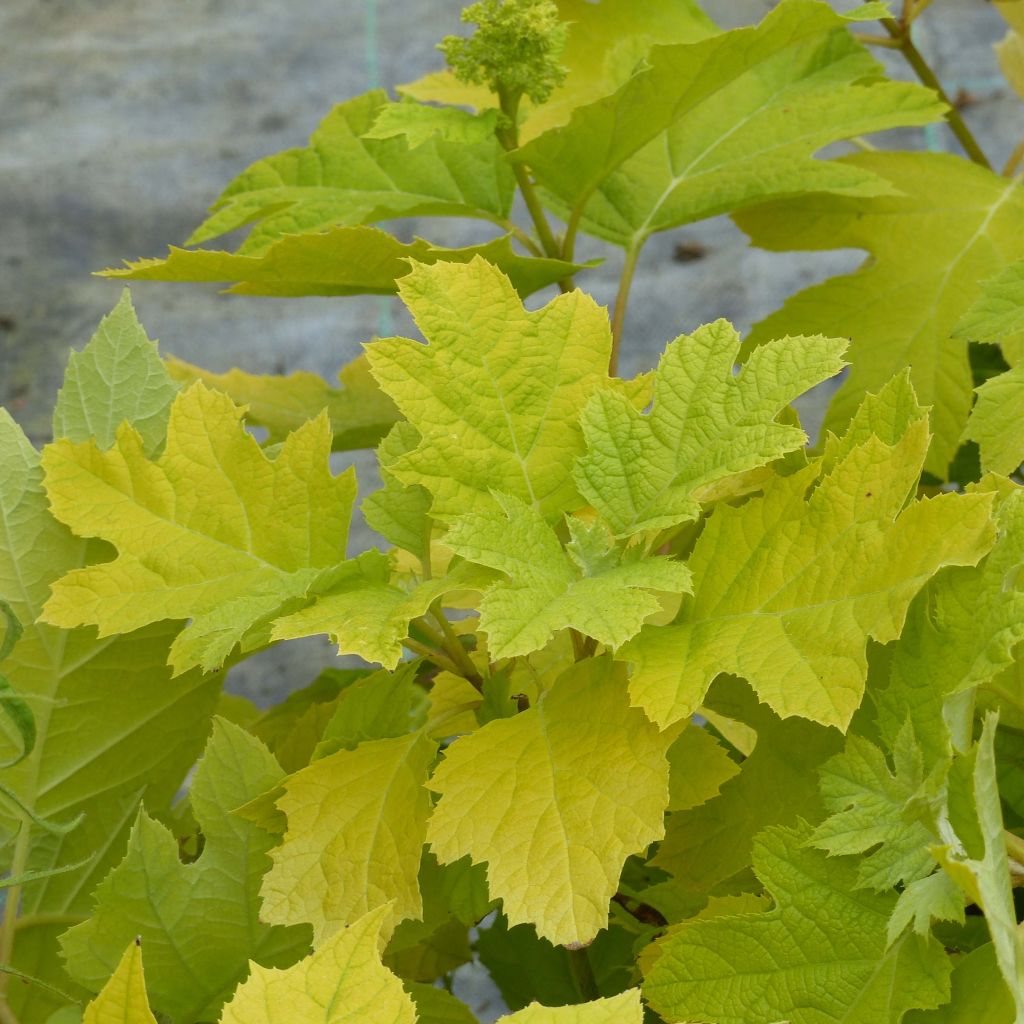

Hydrangea quercifolia Little Honey
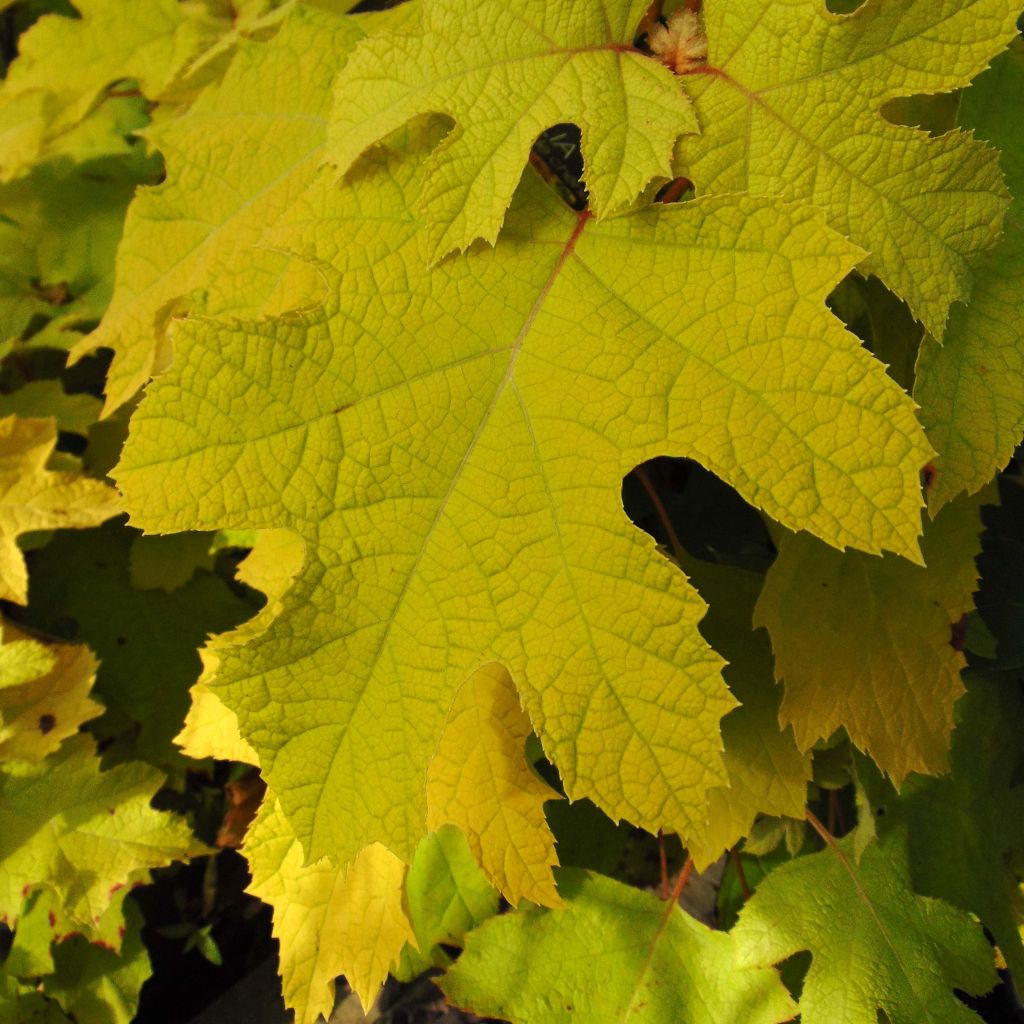

Hydrangea quercifolia Little Honey
Hydrangea quercifolia Little Honey
Hydrangea quercifolia Little Honey
Oakleaf Hydrangea, Oak-leaved Hydrangea
lovely young plant planted in the shade because I'm wary of hydrangeas... regularly watered during the heatwave, mulched, and yet it droops miserably as soon as it gets hot and dries up... I wonder what kind of roots it has... considering the situation, I won't be watering it every day either... you talk about well-drained soil! I'm not sure it will survive until autumn.
Juliette, 31/07/2022
Why not try an alternative variety in stock?
View all →This plant carries a 24 months recovery warranty
More information
We guarantee the quality of our plants for a full growing cycle, and will replace at our expense any plant that fails to recover under normal climatic and planting conditions.
From €5.90 for pickup delivery and €6.90 for home delivery
Express home delivery from €8.90.
Does this plant fit my garden?
Set up your Plantfit profile →
Description
Hydrangea quercifolia Little Honey, known as oakleaf hydrangea, is a variety with sublime golden-yellow foliage, taking on orange-red hues in autumn that are accompanied by large panicles of trailing white flowers towards the end of summer.
This pretty variety forms a bush wider than it is tall, reaching 1.5 m (4 ft 11 in) in height and 2 m (6 ft 7 in) in width. It very elegantly shows off deciduous, very bright foliage, which is intense yellow at bud break before taking on anise-green hues in summer and finally becoming orange-red in autumn. The Little Honey hydrangea develops lovely white panicle flowers elongated, curved, nuanced in ivory-white that colour in autumn with washed pink. It blooms from the month of August.
Very hardy, Hydrangea quercifolia Little Honey appreciates bright exposures (but without direct sunlight) and grows in light and very draining soil. It tolerates limestone.
Report an error about the product description
Hydrangea quercifolia Little Honey in pictures
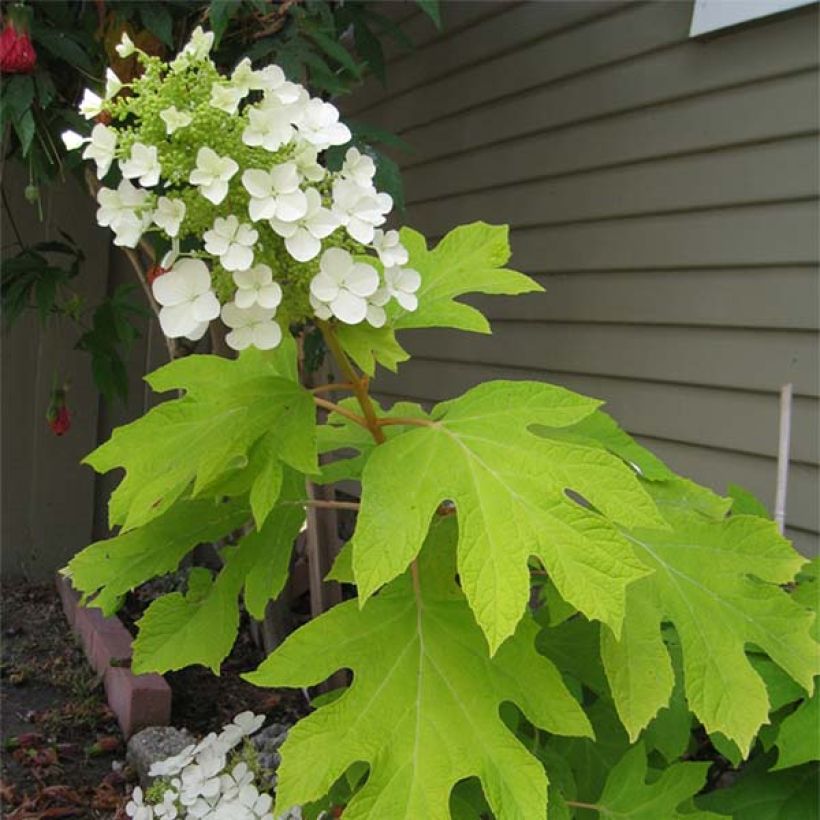

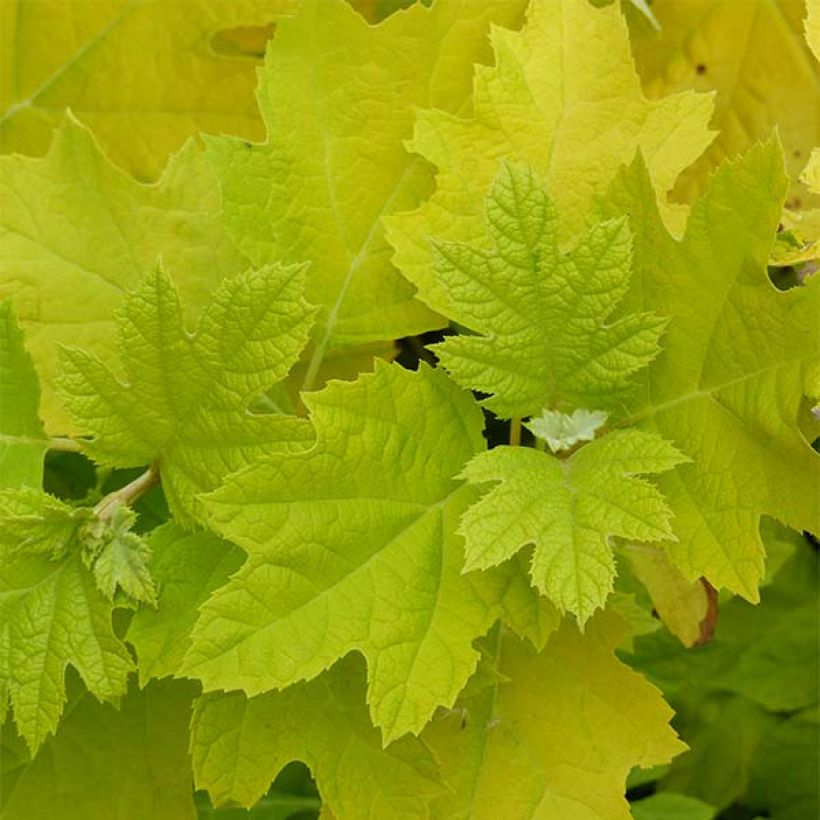

Plant habit
Flowering
Foliage
Botanical data
Hydrangea
quercifolia
Little Honey
Hydrangeaceae
Oakleaf Hydrangea, Oak-leaved Hydrangea
Cultivar or hybrid
Other Hydrangea Quercifolia
Planting and care
Hydrangea quercifolia Little Honey must be placed in a sunny (but not scorching) or semi-shaded position to achieve lovely autumn hues, and planted in a humus-bearing, neutral to acidic but very draining soil. When planting, install it in a deeply worked soil. A good base fertiliser (horn or dehydrated blood) will promote the recovery of your young plant and nourish it without risk of burning. At the end of summer, we advise you not to cut the dry umbels which will protect the terminal shoots of the branches in winter; you should cut all the dry flowers at the end of February or on the first summer days. The plant's spring vegetation appears quite late.
Planting period
Intended location
Care
-
, onOrder confirmed
Reply from on Promesse de fleurs
Haven't found what you were looking for?
Hardiness is the lowest winter temperature a plant can endure without suffering serious damage or even dying. However, hardiness is affected by location (a sheltered area, such as a patio), protection (winter cover) and soil type (hardiness is improved by well-drained soil).

Photo Sharing Terms & Conditions
In order to encourage gardeners to interact and share their experiences, Promesse de fleurs offers various media enabling content to be uploaded onto its Site - in particular via the ‘Photo sharing’ module.
The User agrees to refrain from:
- Posting any content that is illegal, prejudicial, insulting, racist, inciteful to hatred, revisionist, contrary to public decency, that infringes on privacy or on the privacy rights of third parties, in particular the publicity rights of persons and goods, intellectual property rights, or the right to privacy.
- Submitting content on behalf of a third party;
- Impersonate the identity of a third party and/or publish any personal information about a third party;
In general, the User undertakes to refrain from any unethical behaviour.
All Content (in particular text, comments, files, images, photos, videos, creative works, etc.), which may be subject to property or intellectual property rights, image or other private rights, shall remain the property of the User, subject to the limited rights granted by the terms of the licence granted by Promesse de fleurs as stated below. Users are at liberty to publish or not to publish such Content on the Site, notably via the ‘Photo Sharing’ facility, and accept that this Content shall be made public and freely accessible, notably on the Internet.
Users further acknowledge, undertake to have ,and guarantee that they hold all necessary rights and permissions to publish such material on the Site, in particular with regard to the legislation in force pertaining to any privacy, property, intellectual property, image, or contractual rights, or rights of any other nature. By publishing such Content on the Site, Users acknowledge accepting full liability as publishers of the Content within the meaning of the law, and grant Promesse de fleurs, free of charge, an inclusive, worldwide licence for the said Content for the entire duration of its publication, including all reproduction, representation, up/downloading, displaying, performing, transmission, and storage rights.
Users also grant permission for their name to be linked to the Content and accept that this link may not always be made available.
By engaging in posting material, Users consent to their Content becoming automatically accessible on the Internet, in particular on other sites and/or blogs and/or web pages of the Promesse de fleurs site, including in particular social pages and the Promesse de fleurs catalogue.
Users may secure the removal of entrusted content free of charge by issuing a simple request via our contact form.
The flowering period indicated on our website applies to countries and regions located in USDA zone 8 (France, the United Kingdom, Ireland, the Netherlands, etc.)
It will vary according to where you live:
- In zones 9 to 10 (Italy, Spain, Greece, etc.), flowering will occur about 2 to 4 weeks earlier.
- In zones 6 to 7 (Germany, Poland, Slovenia, and lower mountainous regions), flowering will be delayed by 2 to 3 weeks.
- In zone 5 (Central Europe, Scandinavia), blooming will be delayed by 3 to 5 weeks.
In temperate climates, pruning of spring-flowering shrubs (forsythia, spireas, etc.) should be done just after flowering.
Pruning of summer-flowering shrubs (Indian Lilac, Perovskia, etc.) can be done in winter or spring.
In cold regions as well as with frost-sensitive plants, avoid pruning too early when severe frosts may still occur.
The planting period indicated on our website applies to countries and regions located in USDA zone 8 (France, United Kingdom, Ireland, Netherlands).
It will vary according to where you live:
- In Mediterranean zones (Marseille, Madrid, Milan, etc.), autumn and winter are the best planting periods.
- In continental zones (Strasbourg, Munich, Vienna, etc.), delay planting by 2 to 3 weeks in spring and bring it forward by 2 to 4 weeks in autumn.
- In mountainous regions (the Alps, Pyrenees, Carpathians, etc.), it is best to plant in late spring (May-June) or late summer (August-September).
The harvesting period indicated on our website applies to countries and regions in USDA zone 8 (France, England, Ireland, the Netherlands).
In colder areas (Scandinavia, Poland, Austria...) fruit and vegetable harvests are likely to be delayed by 3-4 weeks.
In warmer areas (Italy, Spain, Greece, etc.), harvesting will probably take place earlier, depending on weather conditions.
The sowing periods indicated on our website apply to countries and regions within USDA Zone 8 (France, UK, Ireland, Netherlands).
In colder areas (Scandinavia, Poland, Austria...), delay any outdoor sowing by 3-4 weeks, or sow under glass.
In warmer climes (Italy, Spain, Greece, etc.), bring outdoor sowing forward by a few weeks.

































